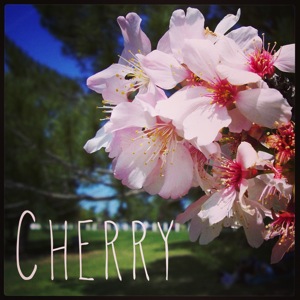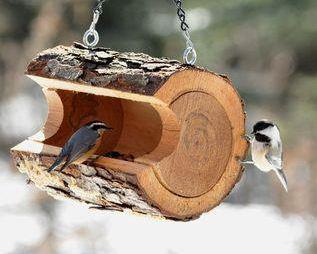Garden Alphabet: Japanese Cherry (Prunus serrulata)
Very close by we have a manmade lake that is surrounded with a heavy planting of Japanese Cherry Trees that put on quite a show each Spring. It reminds me greatly of photos of the cherry trees surrounding the Tidal Basin in Washington, DC, near the National Mall. I usually try to take shots of the bloom every year, although I didn’t make it this year before the bloom faded.
Here is a shot from the 2008 bloom as part of the Garden Alphabet series, though.

Japanese Cherry (Prunus serrulata)
“Prunus serrulata is a small deciduous tree with a short single trunk, with a dense crown reaching a height of 26–39 feet (7.9–12 m). The smooth bark is chestnut-brown, with prominent horizontal lenticels. The leaves are arranged alternately, simple, ovate-lanceolate, 5–13 cm long and 2.5–6.5 cm broad, with a short petiole and a serrate or doubly serrate margin. At the end of autumn, the green leaves turn yellow, red or crimson.” . — Wikipedia.org
- Japanese Cherry (Prunus serrulata) on Wikipedia
- Japanese Cherry (Prunus serrulata) on Missouri Botanical Garden
- Japanese Cherry (Prunus serrulata) on Hort. UConn.edu
- Japanese Cherry (Prunus serrulata) on North Carolina State University
Previously in Garden Alphabet:
- Acanthus
- Amaryllis
- Bonsai
- Bougainvillea
- Brugmansia
- California Poppy (Eschscholzia californica)
- Calla Lily (Zantedeschia aethiopica)
- Castor Bean (Ricinus)
- Daffodil (Narcissus)
- Dietes (Fortnight Lily)
- Ecualyptus
- Freesia
- Iris
- Kniphofia “Red Hot Poker”
- Lantana
- Magnolia x soulangeana (Saucer Magnolia/Tulip Tree)
- Morning Glory (Convolvulaceae)
- Nandina
- Orange
- Orchid from the Southern California Spring Garden Show 2013
- Oriental Poppy (Papaver orientale)
- Paperwhites
- Salvia
- Squirrel
- Succulents
- Sweet Potato (Ipomoea batatas)
- Water Lily (Nymphaeaceae)


